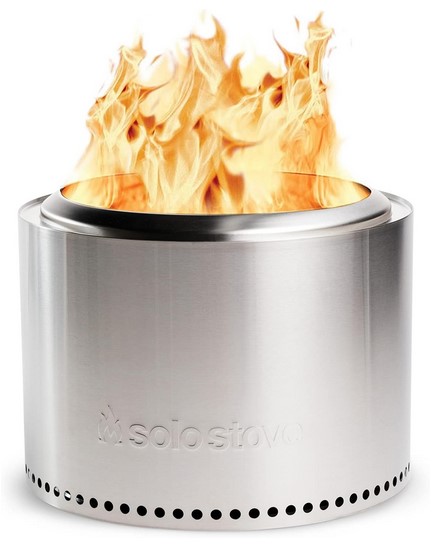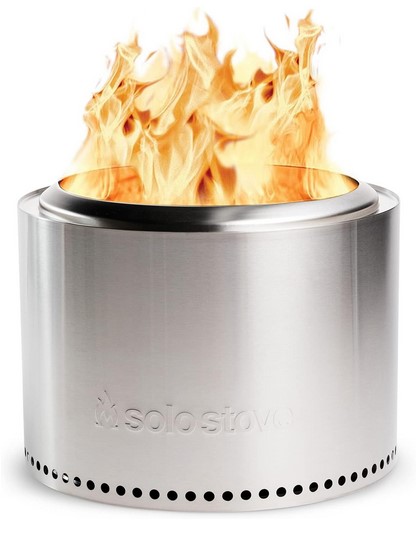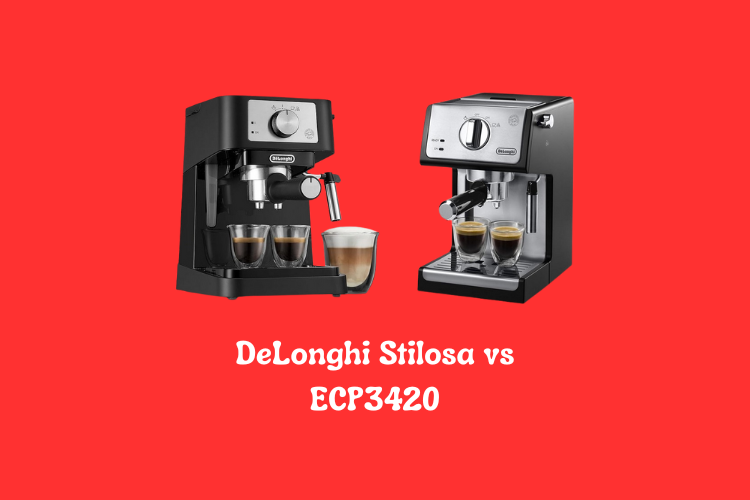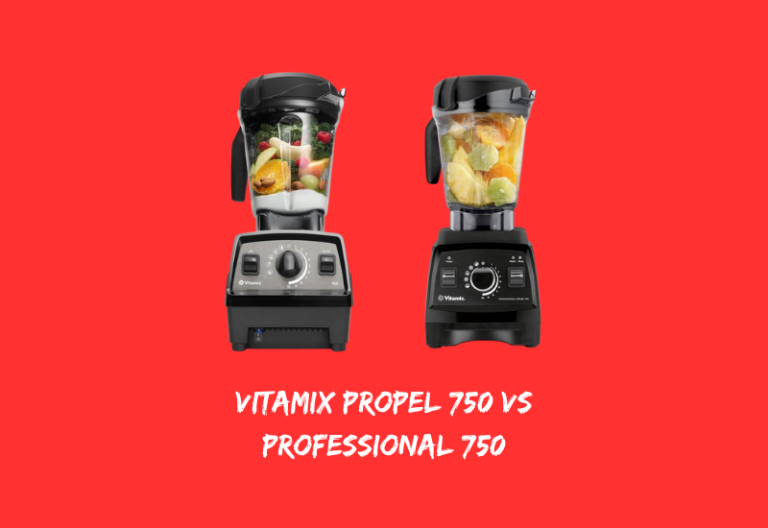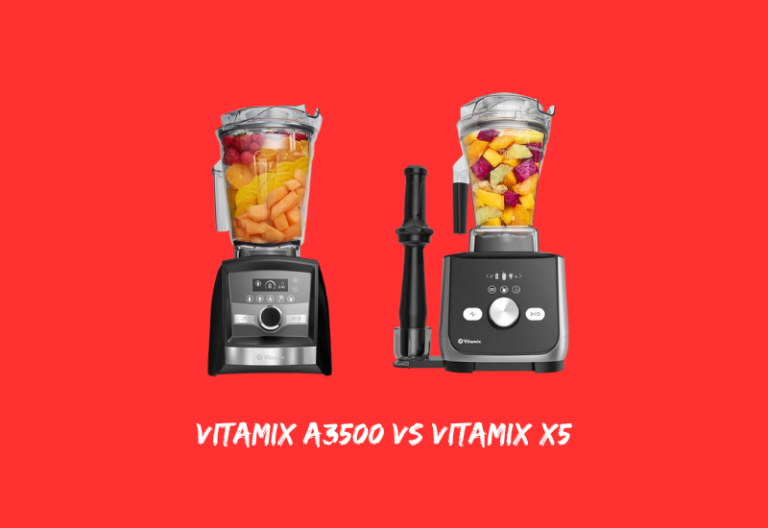Solo Stove Bonfire Fire Pit 1.0 vs 2.0 – What’s Really Changed?
Solo Stove built its name on smokeless flames and sleek stainless steel. The Bonfire 1.0 delivered that promise with solid performance and a clean design. Now the Bonfire 2.0 enters the scene with a few smart upgrades.
Both models promise warm nights, easy setup, and fewer smoke-dodging dances around the fire. But one offers a little more convenience without changing the core firepower. Durability, portability, and cleanup now play a bigger role in the decision.
Those small changes can make a big difference for weekend campers or backyard hosts. This head-to-head comparison breaks down the features, build quality, and real-world performance of both versions.
Bonfire 1.0 holds its ground as a fan favorite, but Bonfire 2.0 brings modern updates that might win over new users. Let’s see which one fits your fire pit lifestyle best.
Solo Stove 1.0 vs Solo Stove 2.0
Solo Stove fire pits are well-known for strong heat, less smoke, and easy use. Two popular versions are Solo Stove 1.0 and Solo Stove 2.0. They look similar, both give you warm, clean fires, and both are built to last.
But there are a few small differences that matter especially for cleaning and use. This article breaks it down in simple terms. You’ll get a close look at both, then a side-by-side comparison to help you choose.
Solo Stove 1.0 Bonfire Fire Pit
Solo Stove 1.0 is the original model that gave users a smoke-free outdoor fire. It burns wood with very little smoke. It’s built from 304 stainless steel and designed for years of use. The fire pit weighs just over 20 pounds and comes with a carry case.
The design pulls in air from bottom vent holes and feeds it to the fire, which burns hotter and cleaner. The heat is strong, and the fire looks nice. Great for backyards, campsites, and beach trips.
Features
-
Smokeless design
-
304 stainless steel body
-
Built-in double-wall airflow system
-
Portable with carry case
-
Weighs around 20 pounds
-
One-piece body without removable base
What Is the Good?
-
Burns clean with less smoke
-
Tough and weather-resistant
-
Heats up fast
-
Light and easy to carry
-
No tools needed for setup
-
Works great for groups or solo use
What Is the Bad?
-
No removable ash pan
-
Cleaning takes more time
-
Ash can build up in hard-to-reach spots
-
Base needs full emptying after each use
-
Costs nearly the same as 2.0 but offers less convenience
Overall Opinion
Solo Stove 1.0 still performs well. It gives great heat and burns clean wood quickly. The big downside is the cleanup. With no ash tray, you need to flip it or scoop the ash out. It’s best for those who want simple fire and don’t mind doing a bit more work after.
Solo Stove 2.0 Bonfire Fire Pit
Solo Stove 2.0 keeps all the good things from 1.0 but adds easy cleaning. This version includes a removable ash pan and base plate. The design makes cleanup faster, so you can enjoy your time instead of digging out ashes.
It also weighs just 20 pounds and includes a carry bag. Like the 1.0, this model uses 304 stainless steel and a smart airflow system to burn wood cleanly with low smoke.
Features
-
Smokeless fire pit
-
Removable ash pan and base plate
-
High-heat ceramic-coated stainless steel
-
Weighs 20 pounds
-
Portable with included carry bag
-
Smart airflow system
What Is the Good?
-
Very low smoke output
-
Easy cleanup with removable ash parts
-
Keeps the same strong fire performance
-
Built to last with strong materials
-
Simple to use anywhere camp, beach, patio
-
Nice look with ceramic finish
What Is the Bad?
-
Still no cover or spark screen included
-
Needs to cool before cleaning the ash pan
-
Coating may scratch over time
-
Slightly higher price than 1.0
Overall Opinion
Solo Stove 2.0 improves on the first version in the best way less mess. It burns just as hot and clean, but now it’s easier to empty and store. The removable ash tray is a small change that makes a big difference. A better pick for most people.
Detailed Comparison for Solo Stove Bonfire 1.0 vs 2.0
Both fire pits are built from the same high-quality stainless steel. They both weigh around 20 pounds and come with a carry case. Each one uses double-wall airflow to reduce smoke and improve burning.
The big difference is in the cleanup. Solo Stove 1.0 has no removable ash tray. After a fire, you must flip it over or use a scoop to remove the ash. That takes more time and effort.
Solo Stove 2.0 fixes this with a removable ash pan and base plate. Once cool, just lift it out, dump the ash, and put it back.
It’s simple, fast, and much cleaner. Both models work well for outdoor fun, but 2.0 gives more comfort and saves time.
FAQs
Does Solo Stove 2.0 burn better than 1.0?
No. Both burn the same. The main change is how easy it is to clean.
Are the two stoves the same size?
Yes. The size and weight are almost the same.
Can I cook on them?
Yes, with the right cooking accessories. But they are built mainly for heat and fire.
Does the ash pan need special tools?
No. It’s easy to remove by hand once the stove cools.
Which one is better for travel?
Both are easy to carry, but 2.0 is better for longer use due to easier cleaning.
Conclusion
Solo Stove 1.0 and 2.0 are both strong, clean-burning fire pits. The 1.0 is simple, solid, and burns great but harder to clean. The 2.0 keeps the fire the same but adds a removable ash tray.
That one feature makes a big difference for everyday use. Pick Solo Stove 1.0 if you care most about heat and don’t mind the cleanup.
Pick Solo Stove 2.0 if you want all the heat with less mess and faster storage. Both offer warmth, both are easy to use and both make fire nights better. These are also good like solo stove yukon 1.0 and 2.0.

